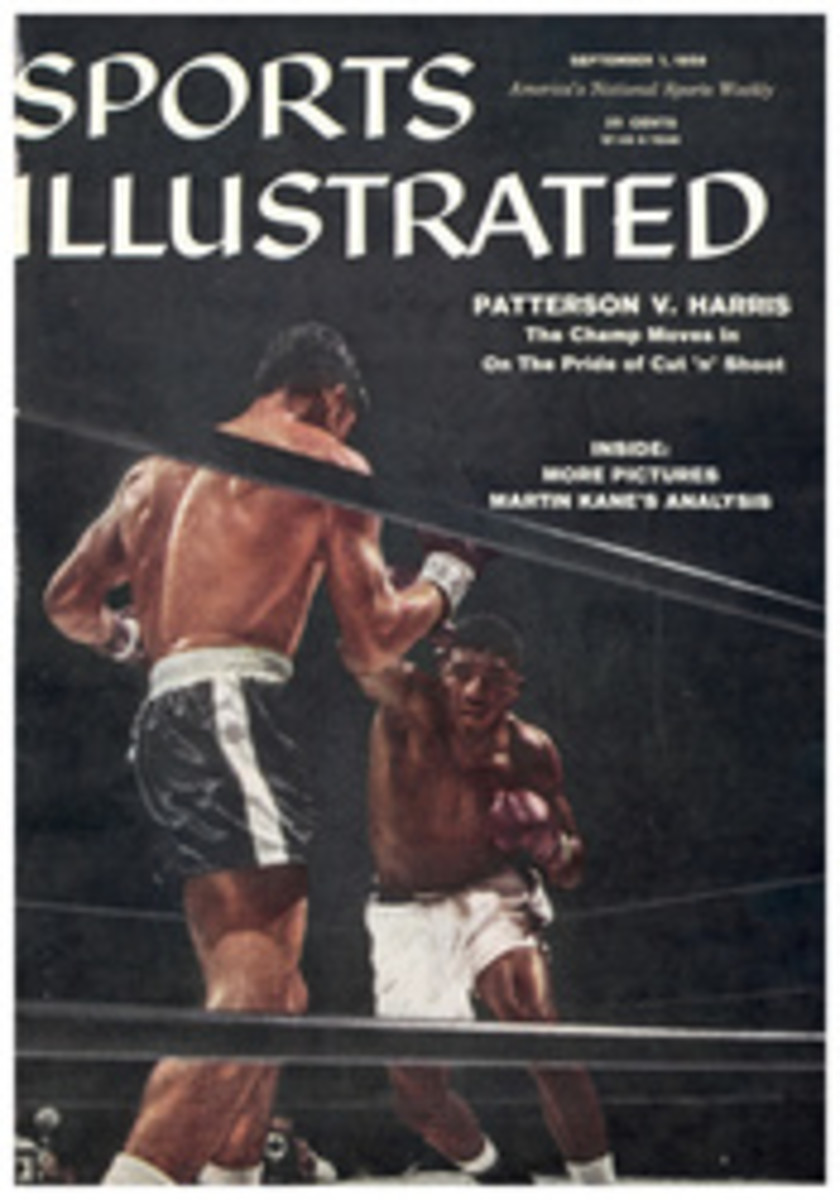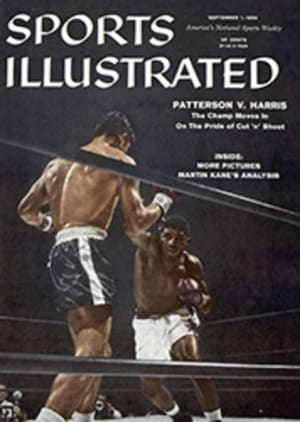
VASSS gets a good test
Visitors at the Newport Casino rubbed their eyes and indulged in a double take a few days ago. On some of the side courts during the annual Newport Invitation Tournament they witnessed a strange sight and heard noises hitherto unassociated with championship tennis. They saw the server delivering the ball from an added line three feet behind the regular base line of the court. They heard umpires barking, "Score, 15-13" and, "19-18."
This was the competitive debut of a revolutionary new idea for tennis known as VASSS—Van Alen's Serving and Scoring System. Van Alen is James H. Van Alen, president of the Newport Casino in Rhode Island, where he conducts one of the nation's top grass-court tournaments, and overseer of the Tennis Hall of Fame. Jimmy is one of the most influential and most progressive men in the sport.
Last May in this magazine Van Alen proposed his service and scoring system in an effort to pump new vitality and interest into a game which is obviously losing a lot of its spectator appeal. His basic idea is this:
1) Place a service line three feet behind the regular base line to cut down some of the monotony of the present-day big service and subsequent put-away volley. This is intended to restore the backcourt rallies and finesse which made tennis such a spectacular attraction in the Tilden era.
2) Discard the confusing and outmoded scoring system which uses the word love for nothing and gives, heaven knows why, 15 points for the first two winning shots and 10 for the third. Under the VASSS system, the sets would be scored as in table tennis—1 for the first point, 2 for the second, and so on up to a total of 25 or 37 by prearrangement. Each player serves for six consecutive points before turning the service over to his opponent, and the players shift courts after 12 points.
I was intrigued by the experiment and so were many of the top players at Newport. It's streamlined and modern and seldom gets-boring, since every point is important.
One of the major faults of modern tennis, most observers agree, is the absence of long and interesting rallies in which players maneuver for positions and openings before making the kill. In matches between men with such powerful serves as those of Pancho Gonzales and Lew Hoad, the ball seldom crosses the net more than two or three times per point. It's boom, boom—win or lose.
The extra three feet between the server and the net take some of the blast out of the cannonball serve, softening its speed and cutting down the target area. The server has farther to advance in order to reach the net, usually making it necessary to hit a few ground strokes before he can gain a volleying position.
Because of this, the experiment conducted in the consolation tournament of the Newport Invitation provided long and exciting rallies and plenty of strategic maneuvering—both of which had great appeal for the fans.
The 25- or 37-point set, as advocated by Van Alen, would last less than an hour. Under his system, a player would be forced to win a set by at least two points; thus, when the score reached 24-24 a player would be compelled to win two successive points for victory. This could produce some exciting moments.
The streamlined scoring would put a premium on skill but it would offer little reward for sheer stamina. There would be little excuse for lagging and toweling off on change of courts.
I liked what I saw, yet I feel the plan must be tried in big-time competition to determine its true worth. Some of the players to whom I talked felt the same way.
Ashley Cooper, Australia's Wimbledon champion, said he didn't believe the VASSS system would substantially change the game. "It still will be a net-rushing game," said Coop. "But I must admit it gives a better opportunity to the receiver."
Cooper's Davis Cup teammate, Malcolm Anderson, agreed in a way. "It would cut down the effectiveness of the big game and make for more rallies," he said, "but I would like to see it tried in a major tournament before making a firm decision."
This it should be, and right now I suggest a trial at Forest Hills either during or immediately after this coming week's nationals.
PHOTO
WITH VAN ALEN COACHING ON SIDELINES, HIS SYSTEM GETS FULL-DRESS REHEARSAL

